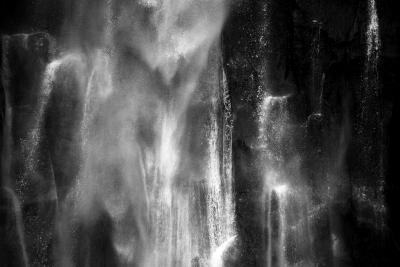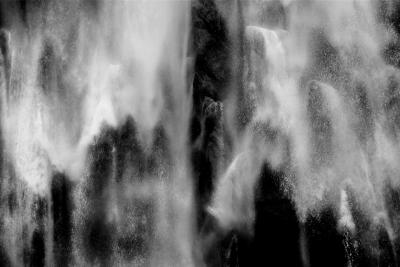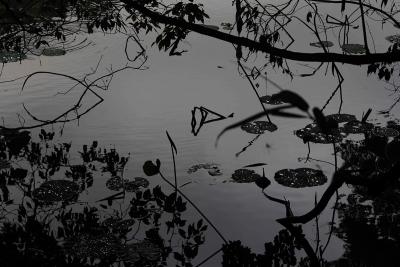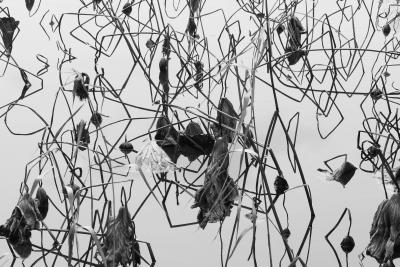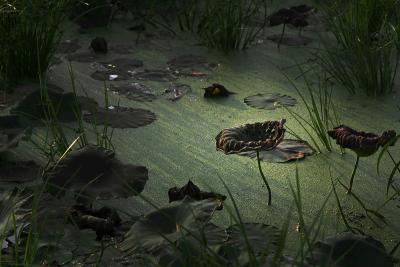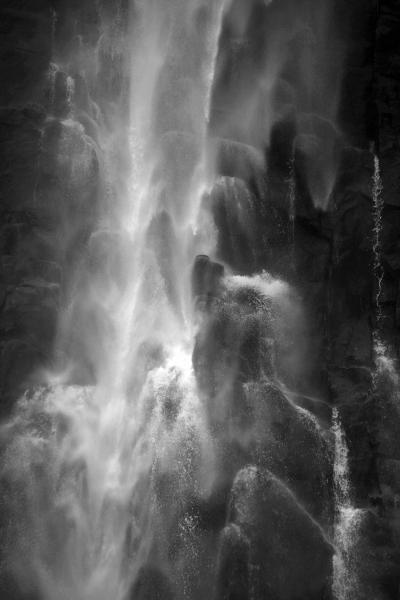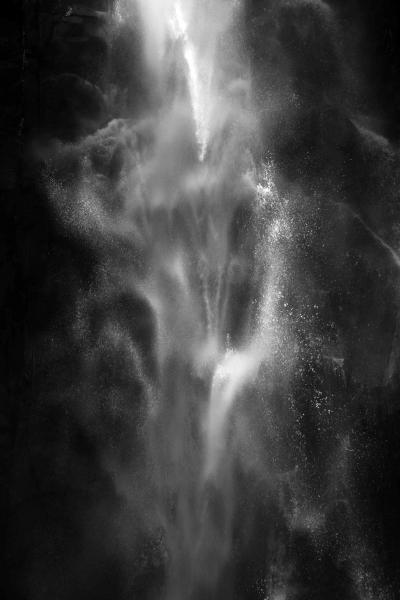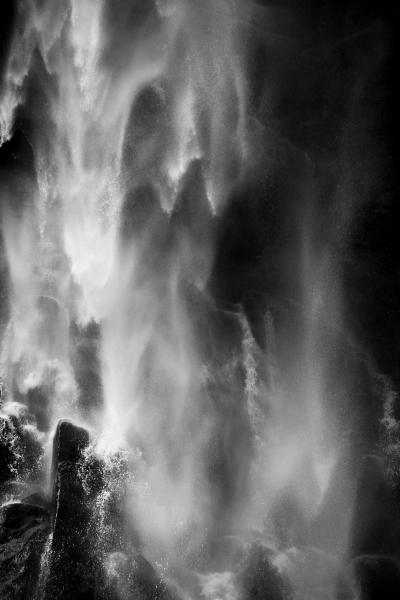Tomohiro Muda
Japanese
Tomohiro Muda (b. 1956) is a Japanese photographer renowned for his deeply spiritual and meditative images, often centered around sacred spaces and natural elements. He first gained recognition with his documentation of the Sherpas in Nepal, leading to his solo debut in 1988. Since then, Muda has photographed religious and cultural heritage across the globe—from Romanesque and Byzantine sites to ancient Buddhist centers such as Yungang, Angkor, and Ajanta—unified by his enduring theme: “Spaces for Prayer, Forms of Prayer.”
In recent years, his work has turned toward the natural world. His 2016 New York debut at Thomsen Gallery, Aspects of Water, reflected on water’s beauty and fragility through 40 evocative photographs. “He seemed … to be aiming toward a grand summation,” wrote art historian Yūji Yamashita. The exhibition formed part of a larger exploration of the traditional Five Elements, revealing Muda’s profound sensitivity to light, presence, and the elemental forces that shape our world.
In recent years, his work has turned toward the natural world. His 2016 New York debut at Thomsen Gallery, Aspects of Water, reflected on water’s beauty and fragility through 40 evocative photographs. “He seemed … to be aiming toward a grand summation,” wrote art historian Yūji Yamashita. The exhibition formed part of a larger exploration of the traditional Five Elements, revealing Muda’s profound sensitivity to light, presence, and the elemental forces that shape our world.
